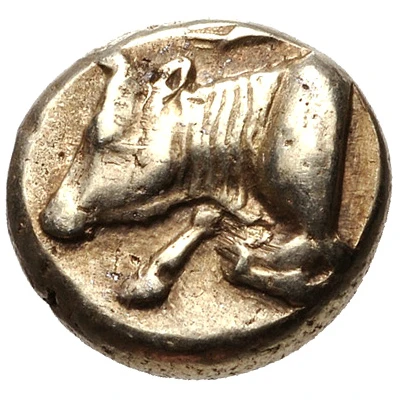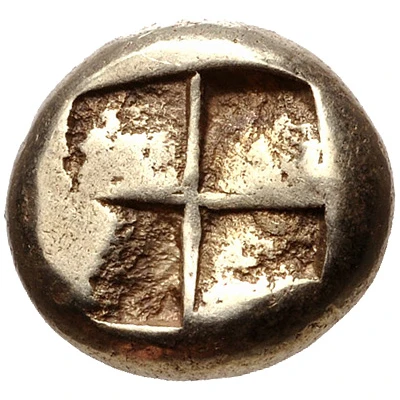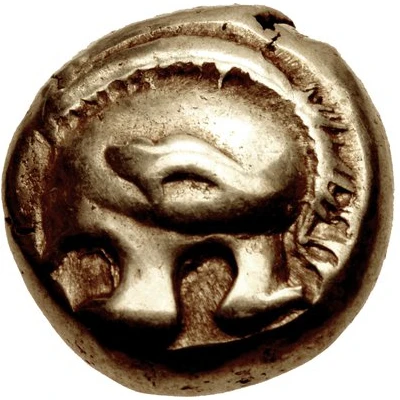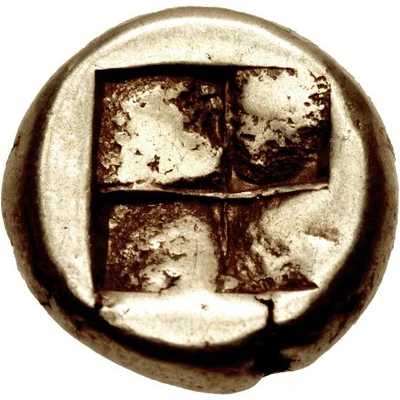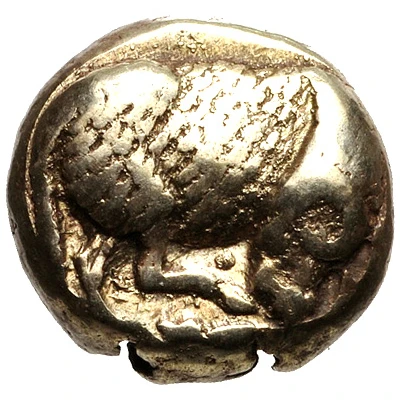
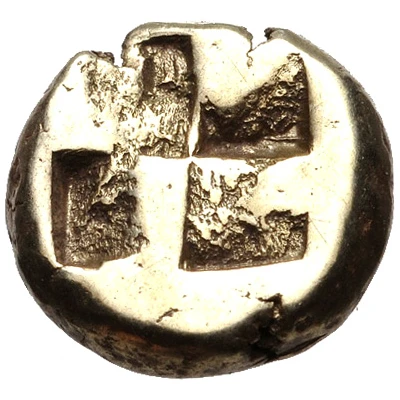

© Classical Numismatic Group, Inc.
Hekte 478 BC - 387 BC
| Electrum | 2.52 g | 10.0 mm |
| Issuer | Phokaia (Ionia) |
|---|---|
| Type | Standard circulation coin |
| Years | 478 BC - 387 BC |
| Value | Hekte (10⁄3) |
| Currency | Drachm |
| Composition | Electrum |
| Weight | 2.52 g |
| Diameter | 10.0 mm |
| Shape | Round (irregular) |
| Technique | Hammered, Incuse |
| Demonetized | Yes |
| Updated | 2024-10-10 |
| Numista | N#147907 |
|---|---|
| Rarity index | 100% |
Reverse
Quadripartite incuse square
Interesting fact
The Hekte coin was used as a form of currency in ancient Greece and its design was inspired by the natural environment of the region. The coin features an image of a seal, which was a common motif in ancient Greek coinage, and is believed to represent the rich marine life of the Aegean Sea. The use of electrum, a naturally occurring alloy of gold and silver, adds to the coin's unique character and highlights the region's rich mineral resources. Despite its small size, the Hekte coin played an important role in the economy of Phokaia and surrounding regions, facilitating trade and commerce for centuries.
